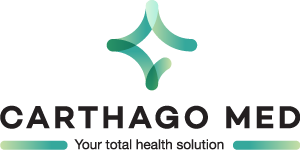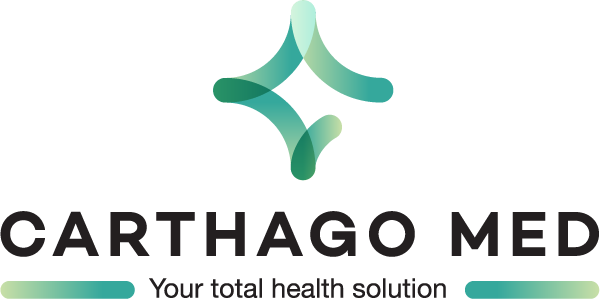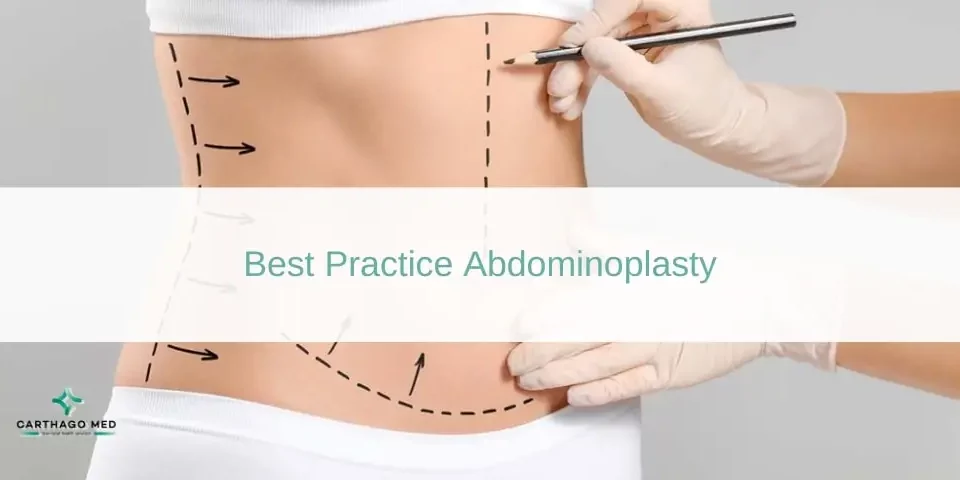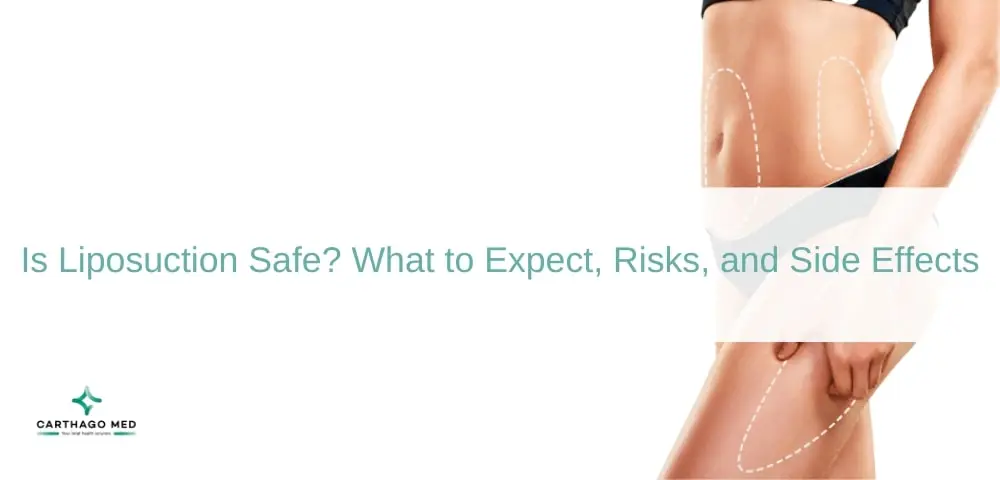
Are you tired of stubborn fat pockets that won’t disappear, no matter how hard you work out or diet? If so, you may consider a liposuction procedure to achieve your desired body shape. Liposuction is a popular cosmetic surgery that promises to remove excess fat and contour your body, but is it safe?
While liposuction is generally considered safe, like any surgery, it comes with certain risks, such as infection, blood clots, and uneven contours. Therefore, understanding what to expect during the procedure and the potential risks involved can help you make an informed decision about whether liposuction is right for you.
What to Expect From Liposuction?
Liposuction is a surgical procedure designed to remove excess fat from specific areas of the body. It’s a popular choice for people struggling with stubborn fat deposits that resist diet and exercise. Liposuction can be performed on various body parts, including the abdomen, thighs, hips, buttocks, arms, and neck.
Individuals consider liposuction for several reasons. Some seek to enhance their body’s appearance and boost their confidence. Others might have medical conditions that lead to excess fat accumulation, which can be challenging to address with conventional weight loss methods.
It’s crucial to understand that liposuction is not a weight loss solution and should not replace a healthy lifestyle. Therefore, having realistic expectations about the outcomes of the procedure is essential.
Before Procedure
Before the liposuction procedure, you will meet with your surgeon to discuss your goals and expectations. Your surgeon will evaluate your health history, current health status, and any medications or supplements you are taking to determine if you’re a suitable candidate for the procedure.
Your surgeon will also give you specific instructions on how to prepare for the procedure. This may include avoiding certain medications, adhering to fasting requirements, and guidance on what to wear on the day of the procedure.
During Procedure
During the liposuction procedure, anaesthesia is administered to the patient to ensure comfort. Your plastic surgeon will make small incisions in the targeted areas where you want the fat removed. These incisions are typically very small and strategically placed to minimise scarring.
The surgeon will use a small cannula tube to suction out the excess fat through the incisions. The cannula is connected to a vacuum device that removes the fat from the targeted area. The surgeon will move the cannula back and forth to break up the fat and create a smoother contour.
Once the fat removal is complete, the surgeon will close the incisions using stitches, sutures, or adhesive strips. Finally, dressings or bandages will be applied over the incision sites to aid healing and reduce swelling.
The duration of the procedure varies depending on the amount of fat being removed and the number of areas being treated. Some procedures may take as little as one hour, while others may take several hours.
After Procedure
After a liposuction procedure, you can expect to experience some discomfort, swelling, and bruising in the treated area. This is completely normal and indicates that your body is healing. Your surgeon will likely recommend wearing compression garments for several weeks to help reduce swelling and promote healing. You may also be prescribed pain medication to manage any pain or discomfort.
During the first few days after the procedure, it is important to give your body time to heal, so you should take some time off work and avoid strenuous physical activities. You may also experience some fluid accumulation in the treated area, which is normal and should subside over time.
As your body continues to heal, you will notice a significant improvement in the appearance of the treated area. However, it’s important to remember that liposuction is not a substitute for a healthy lifestyle. To ensure long-lasting results from the procedure, you will need to maintain a healthy diet and exercise regularly.
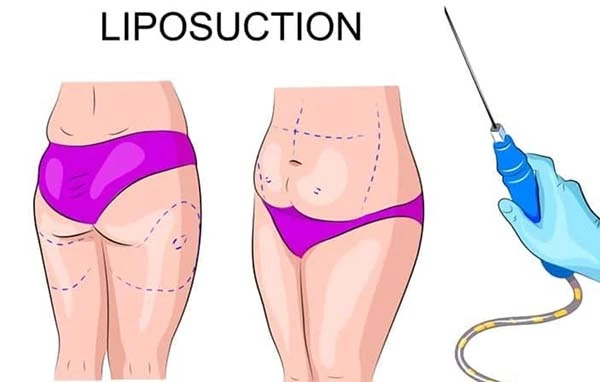
Risks and Side Effects
Liposuction is a cosmetic surgery that removes excess fat from specific body areas. It is a popular option for people who have struggled to lose weight through diet and exercise alone. While liposuction can be an effective way to contour the body and achieve a more toned appearance, it comes with risks and potential side effects, like any surgery. Before deciding to undergo liposuction, it’s important to understand these risks and weigh them against the potential benefits of the procedure.
Let’s discuss the risks and potential side effects of liposuction.
Common Side Effects
Here are some of the most common side effects of liposuction:
1- Swelling and Bruising
Swelling and bruising are common side effects after liposuction, typically peaking in the first few days and gradually subsiding over several weeks. During the procedure, a cannula is used to suction out excess fat, which can cause trauma to the surrounding tissues and trigger inflammation.
Bruising results from the disruption of blood vessels and capillaries during the procedure, leading to blood leaking into nearby tissues.
The severity of swelling and bruising can vary based on factors such as the extent of fat removal, the patient’s health condition, and age. Following the surgeon’s post-operative instructions is crucial to managing these side effects effectively. This may involve wearing compression garments to reduce swelling, avoiding strenuous activities, taking prescribed medications for pain management, and applying ice packs to the treated areas as recommended.
2- Pain and Discomfort
Patients often experience varying levels of pain and discomfort following liposuction, which depend on the extent of the procedure and individual pain tolerance. Managing this discomfort is typically achieved through over-the-counter pain medications or prescriptions provided by the surgeon. These medications help alleviate pain and improve patient comfort during the initial recovery period after liposuction. It’s essential for patients to follow their surgeon’s guidance on medication usage and other post-operative care instructions to ensure a smoother recovery process.
3- Numbness
Liposuction procedures typically involve injecting anesthesia to numb the targeted area prior to making incisions, which can lead to temporary numbness as a common side effect. This numbness may persist for a prolonged period following the procedure. Additionally, swelling in the treated area can also contribute to numbness, although this type of numbness generally resolves as the swelling diminishes over time. Patients should expect these sensations and follow their surgeon’s post-operative instructions, which may include wearing compression garments and monitoring the healing process to manage any discomfort associated with numbness effectively.
Less Common Side Effects
Liposuction can have the following side effects on rare occasions:
1- Infection
Infection is a rare but serious potential side effect of liposuction. The procedure involves making small incisions through which excess fat is removed, creating entry points for bacteria. If proper post-operative care is not followed, these incisions can become infected. Symptoms of infection include redness, swelling, tenderness, warmth around the incision sites, discharge of pus, fever, and chills. Prompt medical attention is crucial if any signs of infection develop, as untreated infections can spread and lead to more severe health complications.
To minimize the risk of infection after liposuction, patients should diligently adhere to their surgeon’s post-operative care instructions. This typically involves keeping the incision sites clean and dry, following a prescribed antibiotic regimen, and avoiding activities that may introduce bacteria or cause excessive sweating in the treated areas.
2- Skin Necrosis
Skin necrosis can be a potential complication following liposuction, particularly in cases where large volumes of fat are removed from a concentrated area. This condition occurs when the tissue in the treated area dies due to inadequate blood supply. Chronic smokers face a heightened risk of developing skin necrosis because smoking can adversely affect blood vessels, impairing their ability to deliver oxygen and nutrients to tissues.
Skin necrosis not only poses immediate risks such as infection and inflammation but can also lead to long-term complications like blood clot formation and damage to blood vessels. To mitigate the risk of skin necrosis and other post-operative complications, it is crucial for patients to disclose any existing medical conditions or habits, such as smoking, to their plastic surgeon in Delhi during the consultation phase. Following the surgeon’s pre-operative instructions, which may include quitting smoking well in advance of the procedure, can significantly reduce these risks and support optimal healing outcomes.
3- Saggy Skin
Liposuction can occasionally lead to skin looseness or sagging as part of the healing process. This occurs most commonly when a significant amount of fat is removed from a concentrated area, and the skin does not fully retract to conform to the new contours of the body. Age, skin type, and the specific surgical technique used can all influence the likelihood of developing sagging skin post-liposuction.
Fortunately, there are effective treatments available to address this issue. For severe cases, surgical procedures like skin excision can remove excess skin and tighten the remaining tissue. Non-surgical options such as radiofrequency or ultrasound therapy can also help stimulate collagen production and improve skin tightness over time. These treatments are tailored to each patient’s needs and can significantly enhance the aesthetic outcomes of liposuction procedures.
How to Minimise Side Effects of Liposuction Procedure?
To minimize the side effects of a liposuction procedure, patients can take several proactive steps:
- Select a qualified and experienced surgeon who specializes in liposuction to ensure the procedure is performed safely and effectively.
- Adhere to pre-operative and post-operative instructions provided by the surgeon, which may include discontinuing certain medications, fasting as required, and quitting smoking to optimize healing.
- Use compression garments as recommended after the procedure to reduce swelling and facilitate the healing process.
- Allow adequate time for rest and recovery following the procedure to manage pain and discomfort effectively.
- Maintain hydration by drinking plenty of fluids, which aids in flushing out toxins and reduces the risk of complications.
- Attend all scheduled follow-up appointments with your plastic surgeon in Delhi to monitor progress, ensure proper healing, and address any potential concerns promptly. These measures collectively contribute to a smoother recovery and optimal outcomes post-liposuction.
Wrapping Up!
Liposuction procedures are recognized as a safe and effective method for targeting stubborn fat deposits and enhancing body contours, particularly when conducted by a skilled and experienced surgeon. Like any surgical intervention, liposuction entails certain risks and potential side effects, including swelling, bruising, and temporary discomfort. However, these can typically be mitigated through thorough pre-operative preparations and diligent post-operative care. Patients can enhance safety and optimize outcomes by selecting a qualified surgeon, following pre-surgical guidelines such as medication adjustments and lifestyle modifications, and adhering closely to post-operative instructions such as wearing compression garments and attending follow-up appointments. With careful planning and adherence to medical advice, liposuction can yield satisfying results with minimal complications, ensuring a smoother recovery and enhanced satisfaction with body contouring outcomes.







